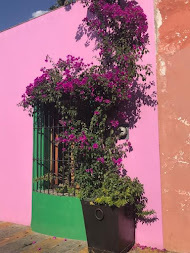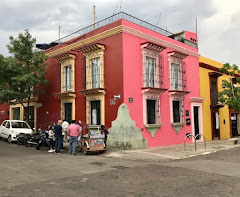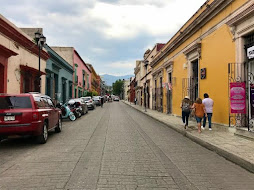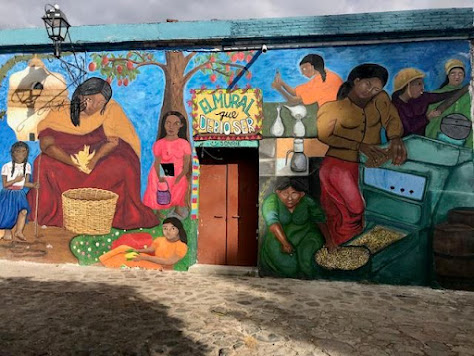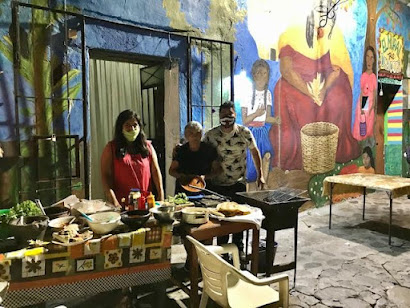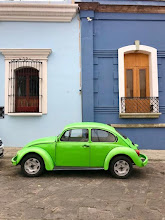Spring 2021...
Dear Friends,
I'm back in the US, feeling vaccinated and strong, with a side of hope for life to be more normal again. For over a year, Covid-19 has brought a lot of hardship in the world, and although I ended up on a different continent than I intended, I feel lucky to have escaped its wrath. For me, the silver-lining of the pandemic was the time to reconnect with family; those I've loved from afar for years, and those who have just arrived in this world. Being evacuated back to the US gave me this unexpected opportunity to reroot myself in their warm embrace and relish the seasons in the heartland of Illinois, a place I'll always call home. But throughout the year, one question hung in the air like little cartoon bubbles above their heads. It's a question they've grown accustomed to asking me over the years because it seems I never stay around for long. Last summer, the answer was Oregon!, then during the winter, Mexico!
I can't help it. I love to adventure, and I just keep dreaming about returning to South America to live, work and travel. I really miss Ecuador and I've patiently waited fourteen months for Peace Corps to reinstate volunteers again. Unfortunately, Ecuador is still entrenched in their fight against the virus, and after all this time with their schools on virtual learning, I'm not even sure my Peace Corps dream job at the University in Ibarra will be viable again. I stay in touch with my Ecuadorian family, and they're all doing fine. I've tried searching for other teaching jobs in Ecuador, but to my disappointment, there doesn't seem to be a good path to employment anytime soon.
It's been a hard year to remember that the Universe works in mysterious ways.
Then, after all this time, a principal of a private, bilingual school saw my resume on an international teaching job board and he gave me an offer I couldn't refuse.
So now, the question, "Where are you going next?" has a new reply: Colombia!
It's true! I'm super excited to announce that I'm going to be a 5th grade teacher at Colegio Jorge Washington in Cartagena, Colombia! This is a medium-sized K-12 college preparatory school where students receive all their core subjects in English and Spanish, and graduate with dual Colombian and US high-school diplomas. It's going to be an exciting new challenge in my career.
Plus, it's a real job with a real salary! It's closer to Ecuador! And, they're paying for my Caribbean coast apartment.... which you're all invited to visit!
To answer your immediate questions.... yes, I'll be teaching in English, yes, Colombia is generally a safe country to live and travel in, and yes, they are making progress with Covid vaccinations and reducing their cases countrywide. It is expected that our school will start in a hybrid model in August, then change to in-person learning in the fall. I'm looking forward to meeting my new students, reigniting my passion for teaching and having my own classroom again.
So, I'm moving to Colombia in July, and as my adventures continue, so will my blog posts. I invite you to join me for a little armchair travel while I settle in and learn about a whole new South American country! Won't that be fun!
Since I'm diving into a new chapter of adventures, I'm going to use this opportunity to update and refresh my blog account. In the months to come, you will be receiving a new blog post from me (or perhaps an invitation) to find onthewingadventures at a new website. If you have been receiving my posts in your email, then my hope is to continue this delivery service seamlessly. If you are happy to continue receiving my posts, you do not need to do anything now. But if you would like to add your email to receive my posts in your inbox, or if you'd like to change your email address, or stop receiving my posts altogether, then you can email me directly and I'm happy to make those changes to my new mailing list. Please email me at:
beckywandellpdx@gmail.com
Thank you again for all of your support. With you at my side, I really do feel more brave and ready to jump into anything.
Here's to the rest of 2021, where more adventures await for us all!
-Becky





























